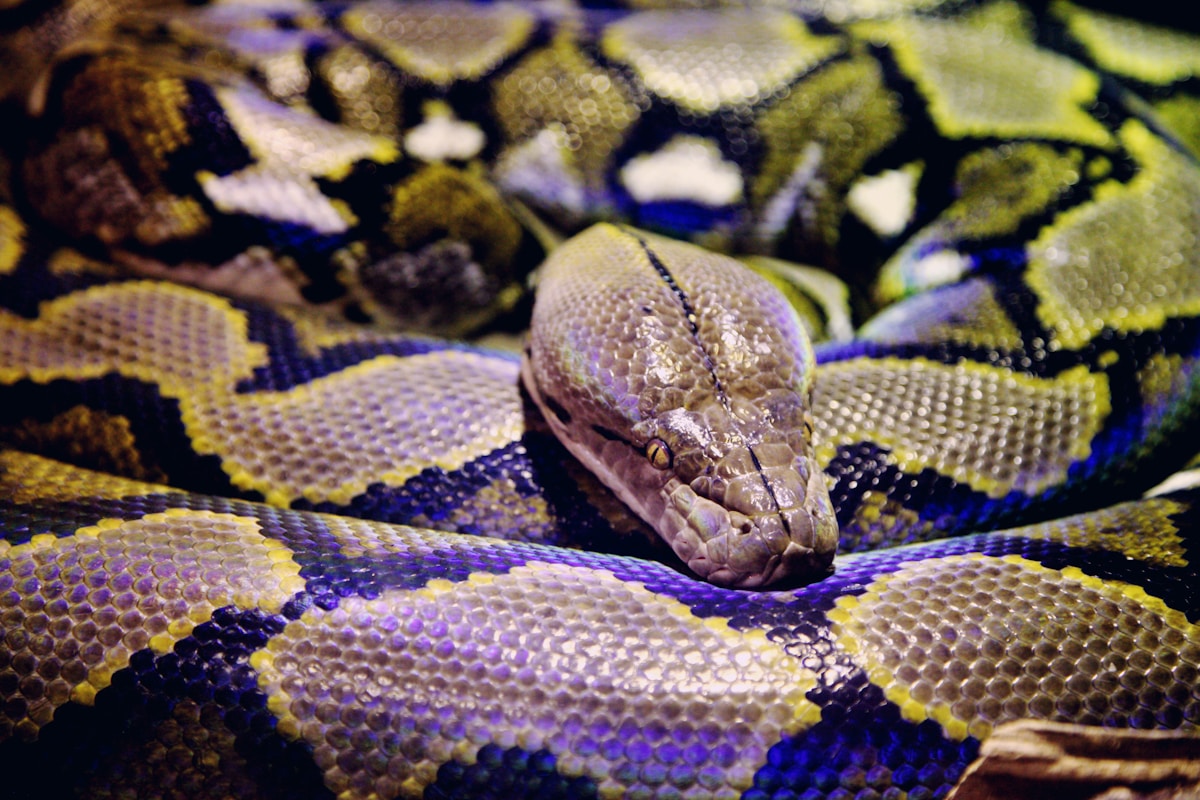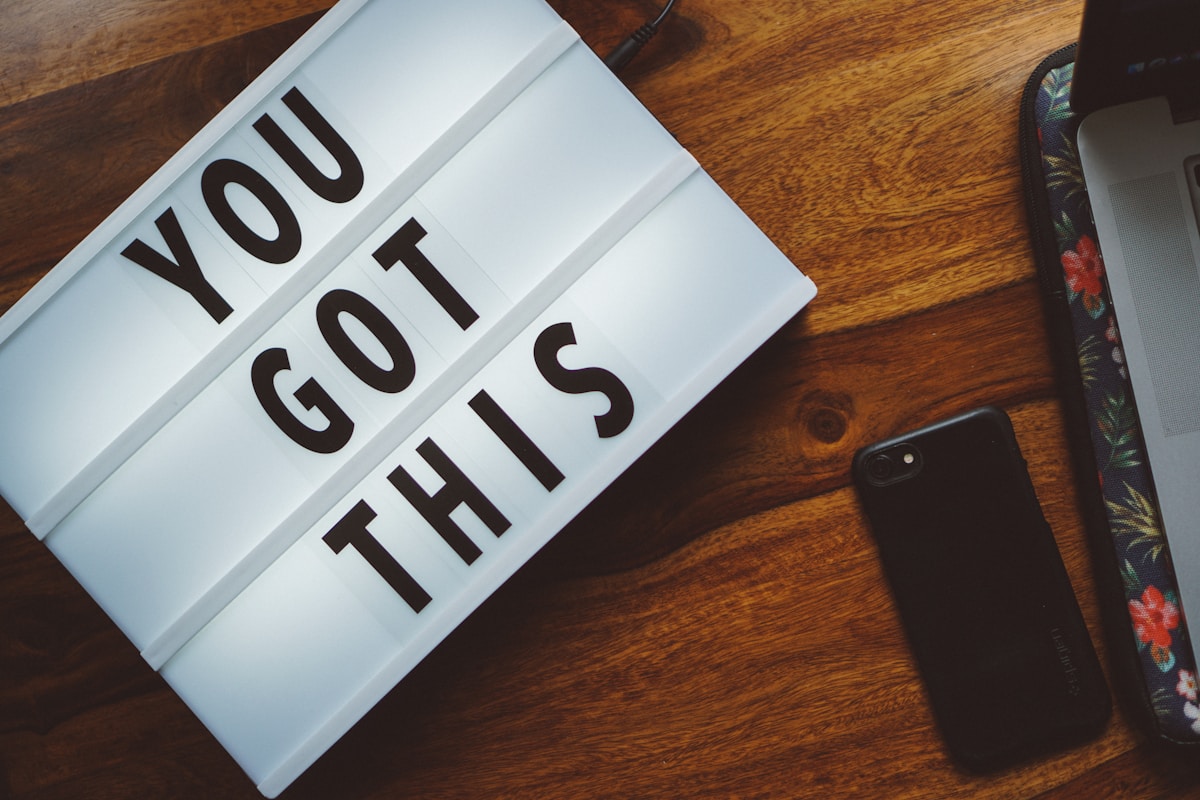In my previous blog, we explored how pain is a protector and not always an accurate measure of actual damage to our physical body (muscles, ligaments, bones, discs, etc).
This might seem like a strange concept. If you have not read my first blog Why am I in pain? I would suggest that you do so before reading on any further.
Pain and Fear
Anything that our nervous system/body perceives as a threat to itself will increase the need for protection. For eg, experiencing a headache when you are run down or have not slept or during stressful periods in life.

Things that make us feel safe, for eg, a hug from a loved one or a health practitioner who you trust, will reduce the need for protection. Since pain is a protector, this can influence the amount of pain we experience.
Most living things have protective or defence mechanisms in place to minimise any harm to themselves. This just does not apply to physical harm but also psychological and social harm.
It takes a lot of courage to face our fears.
For example, many people do not like to speak in front of an audience. Well, I remember hating it! My heart races, my palms get sweaty and my voice trembles. My body is reacting physically because I felt fearful and threatened in that instance.
It was a protective response-my brain was preparing me to run away!
But the more I did it (hating it every-time!) the less intense the protective response got. My body was starting to get conditioned to speaking in front of a large group of people.

A lot of you could possibly relate to such an example. But, what about pain. Well, who likes being in pain? Most of us don’t. Sometimes even the anticipation of pain is sufficient to trigger a protective response.
Fear And Avoidance
When certain activities or movements repeatedly provoke pain, we start becoming fearful or apprehensive of those movements and that fear leads to avoiding those kinds of activities. That’s a very common reaction to pain.
The longer we avoid activities the less conditioned our body becomes to doing that particular activity.
Some activities are avoidable, yes, you could avoid going for a run, walk or playing sport.
Eventually that lack of conditioning can start affecting our daily activities. That’s when we really start getting restricted and the pain can then have a significant impact on our life.

If you have had pain for a long time, you might be able to identify with the cycle on the left in the picture above. We tend to get stuck in this cycle and it might feel like there is no way out of it.
Getting back on track
A good idea to help you move forward, is to try and identify why you are in pain and what you can do about it. Take the control of your pain back into your own hands.
It might require you to face your fears, do things you do not like but in small, bite size chunks. Gradually expose yourself to those activities. Don’t be afraid or embarrassed to start small, like I said this requires courage. We all crawled before we walked.
You do not have to do this alone. Just like every successful athlete has a coach, having the right team around you, including pain informed health professionals who can guide and support you through this process is vital. They will be able to reassure you along the way that you are safe to move and hurt does not have to equal harm is a good way to get on that road to recovery.


